| Structure | Name/CAS No. | Articles |
|---|---|---|
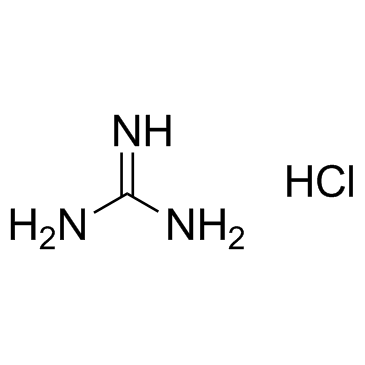 |
Guanidine hydrochloride
CAS:50-01-1 |
|
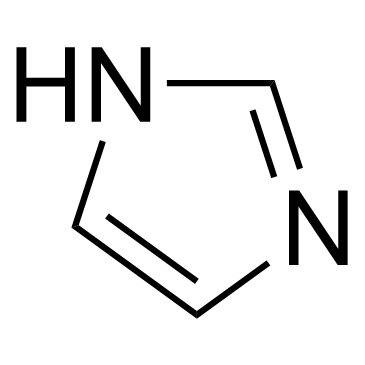 |
Imidazole
CAS:288-32-4 |
|
 |
Ovalbumins
CAS:9006-59-1 |
|
 |
L-Glutamine
CAS:56-85-9 |
|
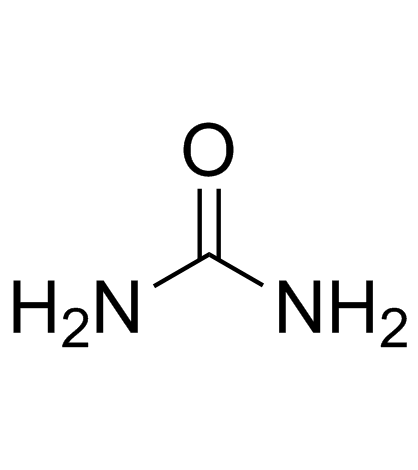 |
Urea
CAS:57-13-6 |
|
 |
HEPES
CAS:7365-45-9 |
|
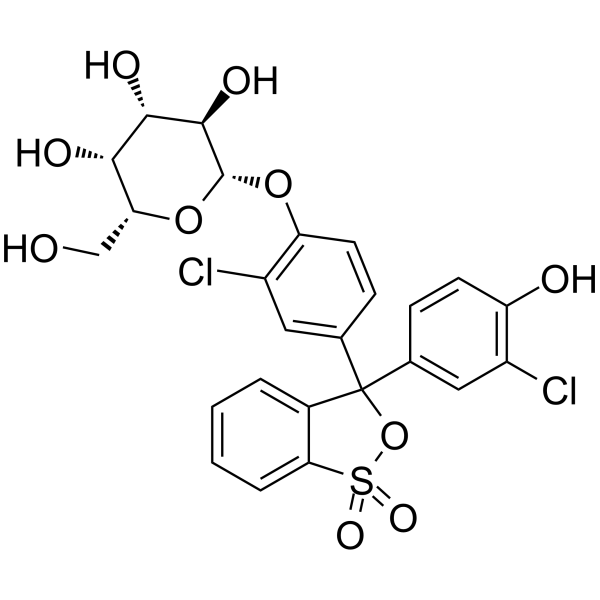 |
chlorophenol red-beta-d-galactopyranosid
CAS:99792-79-7 |
|
 |
Ethylenediaminetetraacetic acid
CAS:60-00-4 |
|
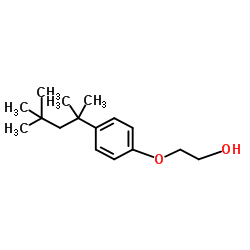 |
2-(4-(1,1,3,3-Tetramethylbutyl)phenoxy)ethanol
CAS:2315-67-5 |
|
 |
Chlorophenol Red
CAS:4430-20-0 |